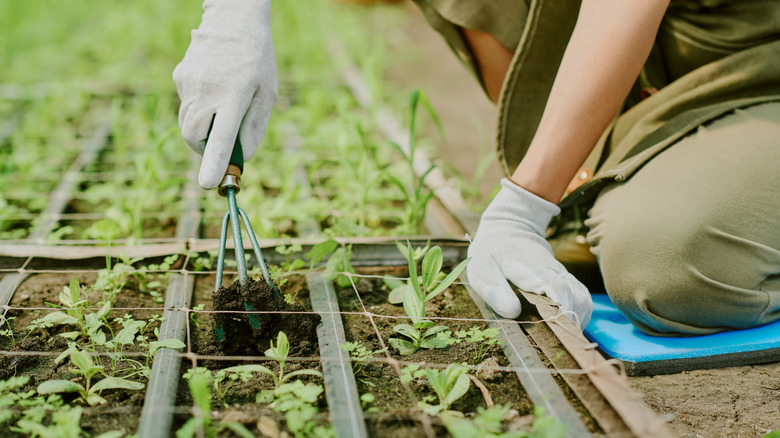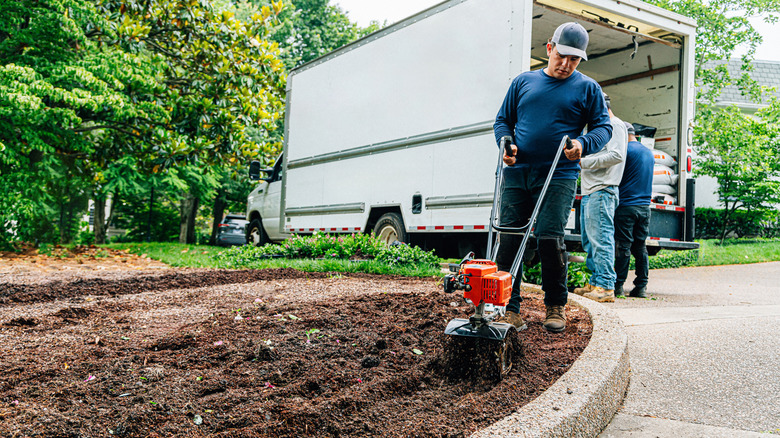What Is A Cultivator Tool (& How To Use It In The Garden)
We may receive a commission on purchases made from links.
Whether you're a seasoned gardener or just starting out on your growing journey, you'll no doubt be aware that there are a myriad of tools at your disposal. Some are essential, while others are nice to have if your budget allows it. One such item is the cultivator tool, which allows you to dig through the top layer of soil to loosen it up and incorporate amendments, as well as remove weeds. With this, you have two options — a powered garden cultivator for larger plots and ambitious gardeners or a hand-held one for those with smaller gardens and tighter budgets. Both work just as well, except with the hand tool, you'll have to use a little more manual effort to get the same result. These inexpensive versions are available with short and long handles, allowing you to work in different spaces without too much exertion.
A hand cultivator, like this Fiskars Xact Hand Cultivator, has three prongs with a ninety-degree bend toward the end so that the tines point downward into the soil. It's particularly useful for gently breaking up the clods of dirt and mixing some compost or fertilizer into the top layer. It can also be used to remove weeds more easily by loosening the soil around the roots and then just pulling them up. This is the perfect tool to incorporate amendments into the soil before planting flower bulbs in the fall or for combining ingredients in your homemade potting mix.
How does a powered cultivator tool work?
A traditional powered cultivator is usually run by a gas engine and has the cultivating tines at the front with two small wheels at the back so the tool can be pushed along effortlessly. There are also cordless versions available now that run on rechargeable batteries, such as the Earthwise Power Tools by ALM 20-Volt Cordless Electric Garden Tiller Cultivator. Plus, you can get electric ones, like the Sun Joe Electric Garden Tiller Cultivator. Most of these have four cultivating tines, two on either side of the center, with multiple sharp points that dig over the topsoil as you push the cultivator along. On many models, both the width and the depth of the tilling are adjustable. Using a cultivator is one of the least harmful ways to kill weeds along the edges of your lawn.
This handy tool is perfect for preparing your garden beds and mixing in compost, manure, or fertilizer pellets in readiness to plant new crops. Loosening up the soil this way makes it easier for new plant roots to become established. To use it, you simply power it up and move it forward along the ground so it can work through the soil. The tool can also be used to weed in between rows of crops without disturbing the roots of your cultivated plants. If you decide to add a cultivator to your arsenal, you'll want to explore some tips for organizing your gardening tools so your green thumb can flourish.

